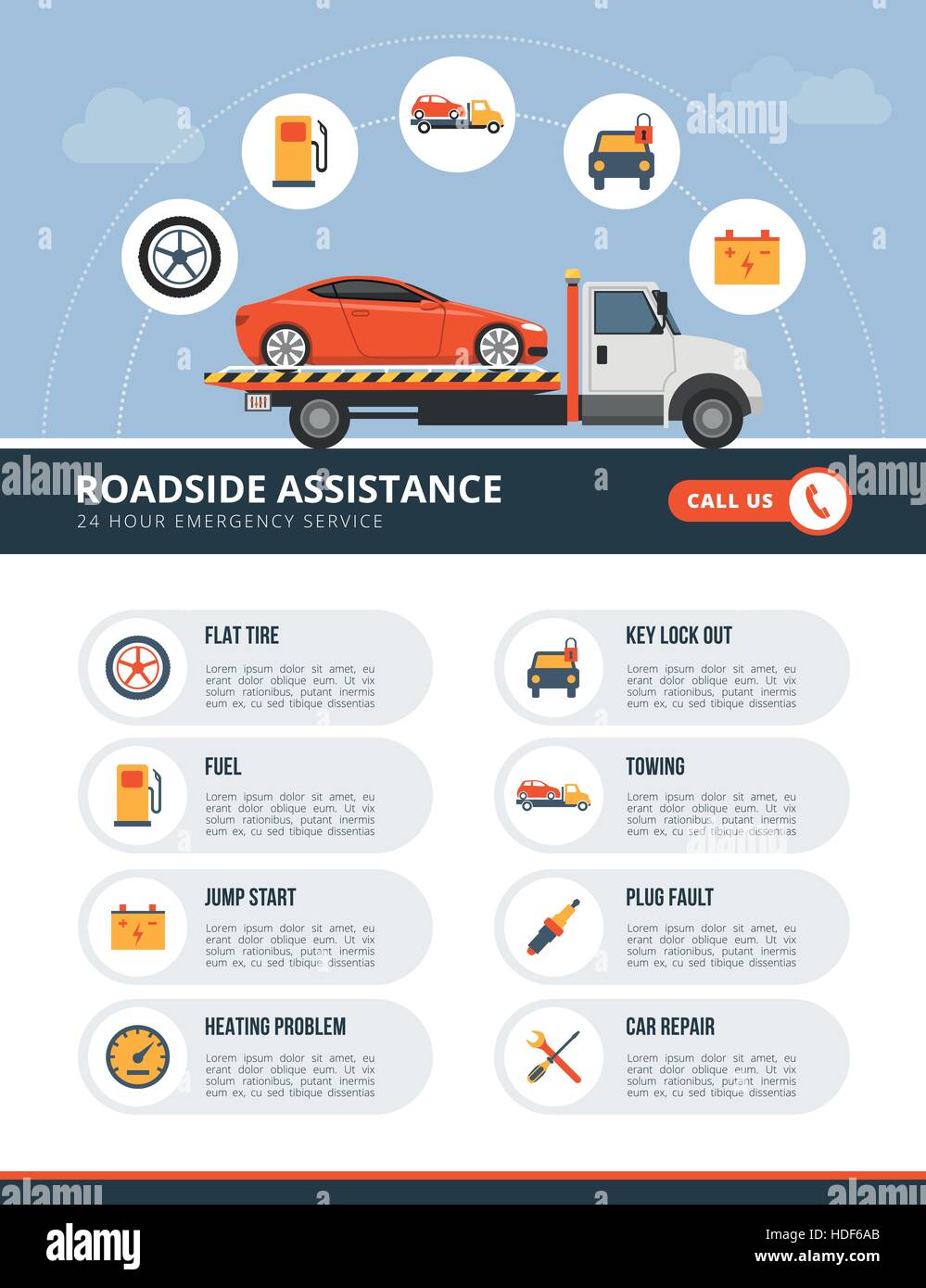Evaluating Your Vehicle'S Warning Indicators: What They Truly Communicate
Evaluating Your Vehicle'S Warning Indicators: What They Truly Communicate
Blog Article
Writer-Vinson Winters
When you're behind the wheel, those glowing warning lights on your dashboard can be a little bit bewildering. Do you understand what they're trying to tell you about your automobile's health and wellness? Recognizing the value of these lights is essential for your safety and the long life of your car. So, the following time among those lights turns up, wouldn't you intend to understand its message accurately and take the essential steps to resolve it?
Common Warning Lighting and Interpretations
Identify usual warning lights in your car and comprehend their significances to make sure risk-free driving.
The most regular caution lights include the check engine light, which indicates problems with the engine or exhausts system. If this light comes on, it's essential to have your vehicle examined without delay.
The oil pressure cautioning light shows reduced oil stress, requiring instant focus to avoid engine damages.
A flashing battery light could recommend a malfunctioning billing system, possibly leaving you stranded otherwise addressed.
The tire stress tracking system (TPMS) light alerts you to reduced tire pressure, impacting car stability and fuel efficiency. Disregarding this might bring about hazardous driving problems.
The abdominal muscle light shows a trouble with the anti-lock stopping system, endangering your ability to quit promptly in emergency situations.
Finally, the coolant temperature advising light warns of engine getting too hot, which can lead to severe damage if not settled promptly.
Understanding these common caution lights will certainly aid you resolve issues promptly and keep secure driving problems.
Relevance of Prompt Attention
Understanding the usual warning lights in your cars and truck is only the first step; the importance of promptly addressing these warnings can not be stressed enough to ensure your safety when traveling.
When a caution light illuminates on your dashboard, it's your auto's way of communicating a potential issue that needs focus. Neglecting these warnings can cause much more severe problems later on, compromising your safety and possibly costing you a lot more out of commission.
Trigger attention to advising lights can stop break downs and mishaps. For https://kevsbest.com/mechanic-shops-in-st-louis-mo/ , a blinking check engine light can show a misfire that, if left ignored, might trigger damages to the catalytic converter. Addressing this without delay can conserve you from an expensive repair.
Similarly, a brake system cautioning light might signal low brake fluid or worn brake pads, important components for your security when driving.
Do It Yourself Troubleshooting Tips
If you observe a caution light on your control panel, there are a couple of DIY troubleshooting ideas you can try before seeking expert help.
The first step is to consult your automobile's handbook to recognize what the specific warning light shows. In some cases the concern can be as easy as a loosened gas cap causing the check engine light. Tightening the gas cap may settle the issue.
One more common problem is a reduced battery, which can set off different warning lights. Examining the battery connections for corrosion and ensuring they're safe may take care of the problem.
If a warning light continues, you can attempt resetting it by detaching the car's battery for a few mins and then reconnecting it. Additionally, examining your automobile's fluid levels, such as oil, coolant, and brake fluid, can help repair warning lights associated with these systems.
https://instant-oil-change62849.livebloggs.com/37551146/unearthing-local-gems-an-overview-to-exceptional-automobile-fixing-shops-in-your-surroundings
To conclude, understanding your vehicle's warning lights is crucial for keeping your automobile running efficiently and securely. By promptly dealing with these informs and recognizing what they indicate, you can stay clear of costly repair services and prospective malfunctions.
Keep in mind to consult your vehicle's manual for certain details on each warning light and take action appropriately to guarantee a hassle-free driving experience.
Stay educated, stay secure when traveling!
